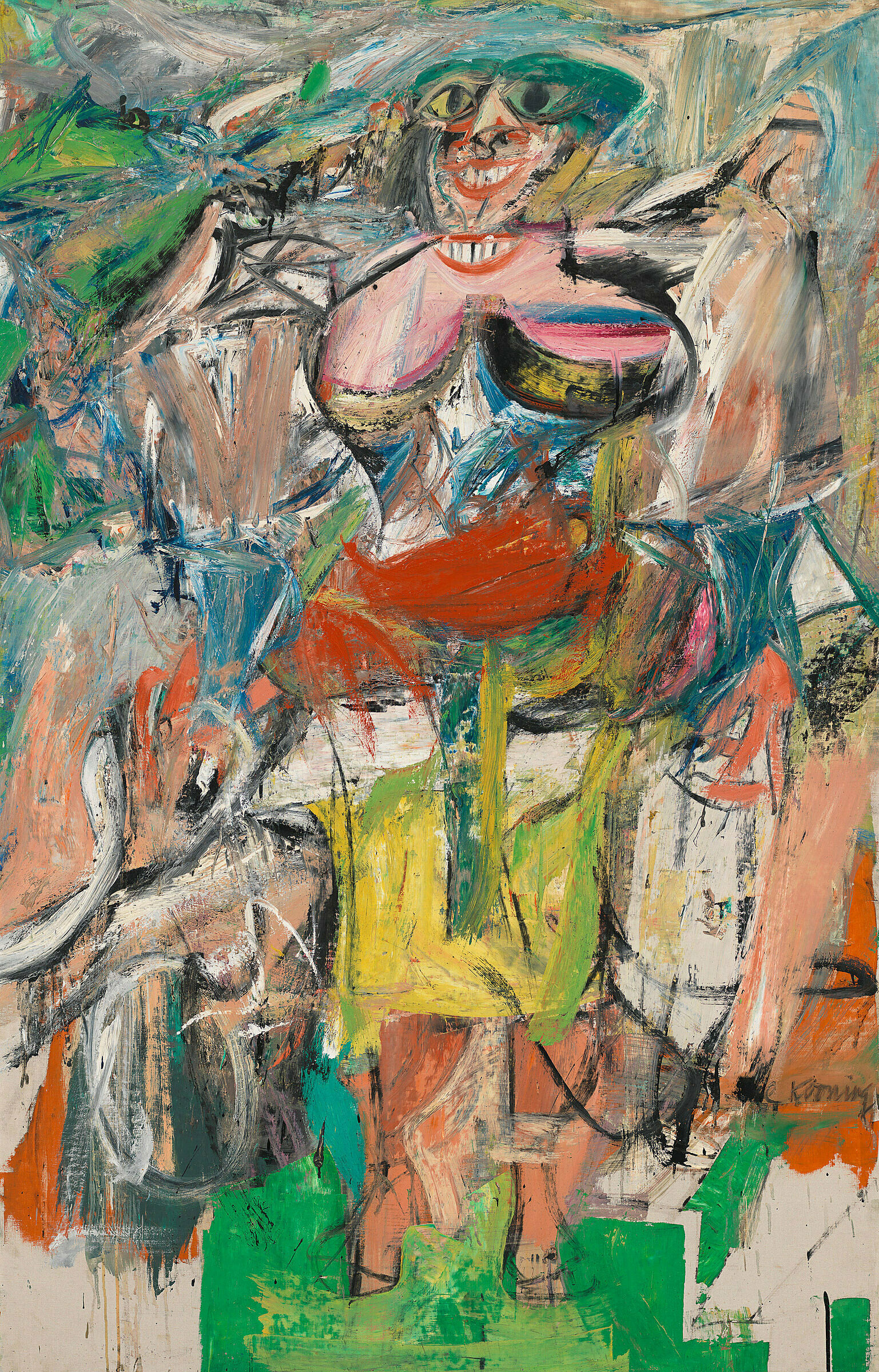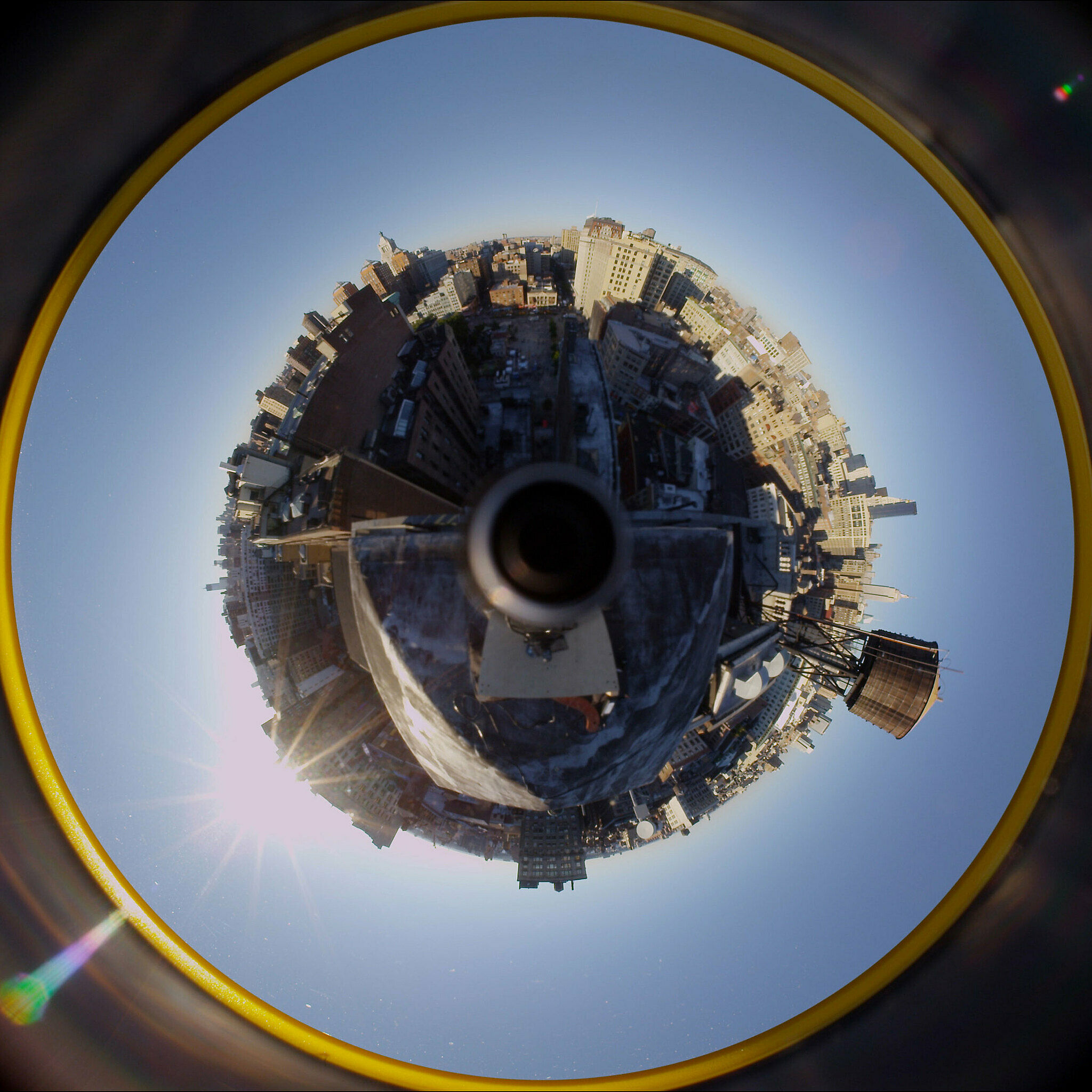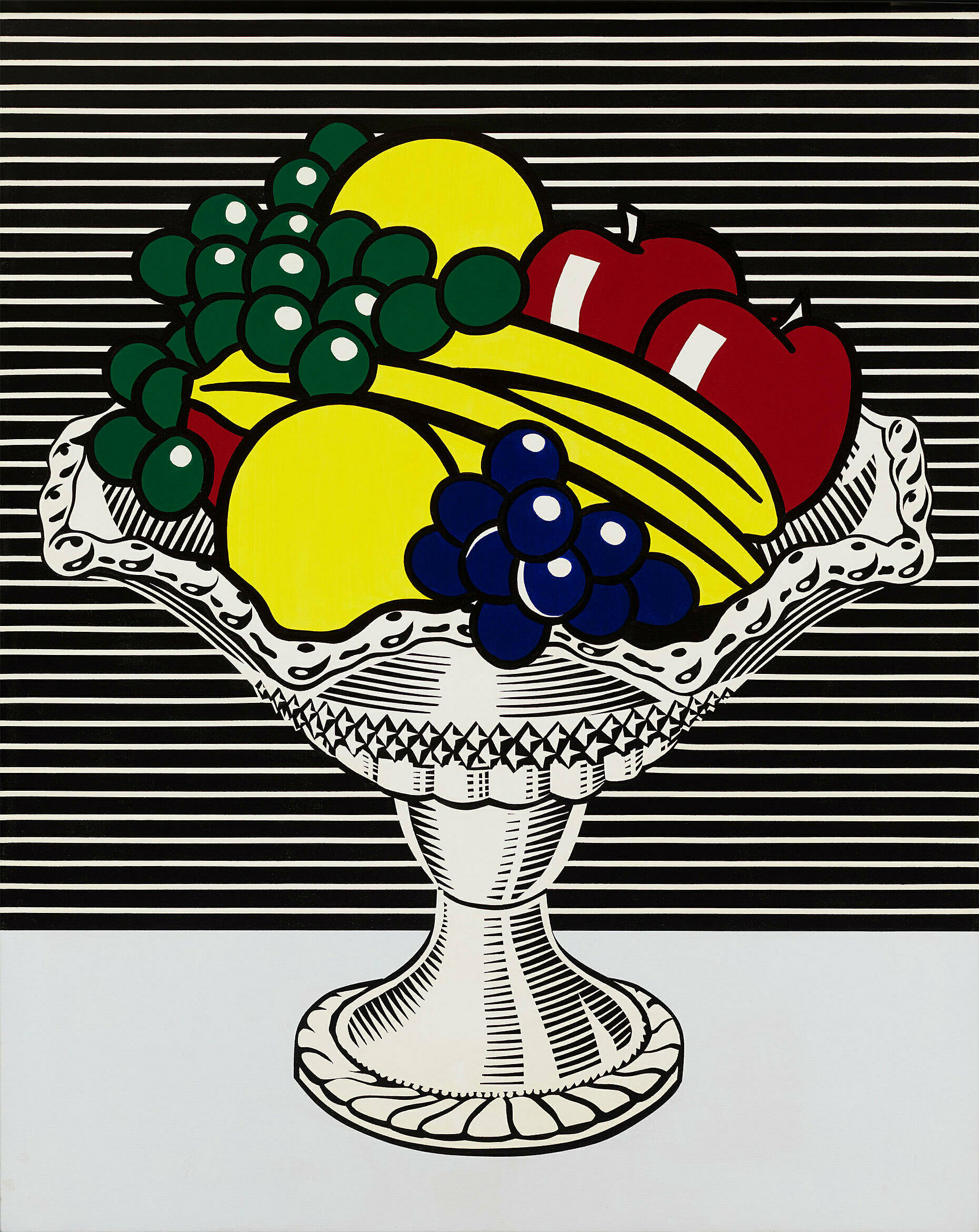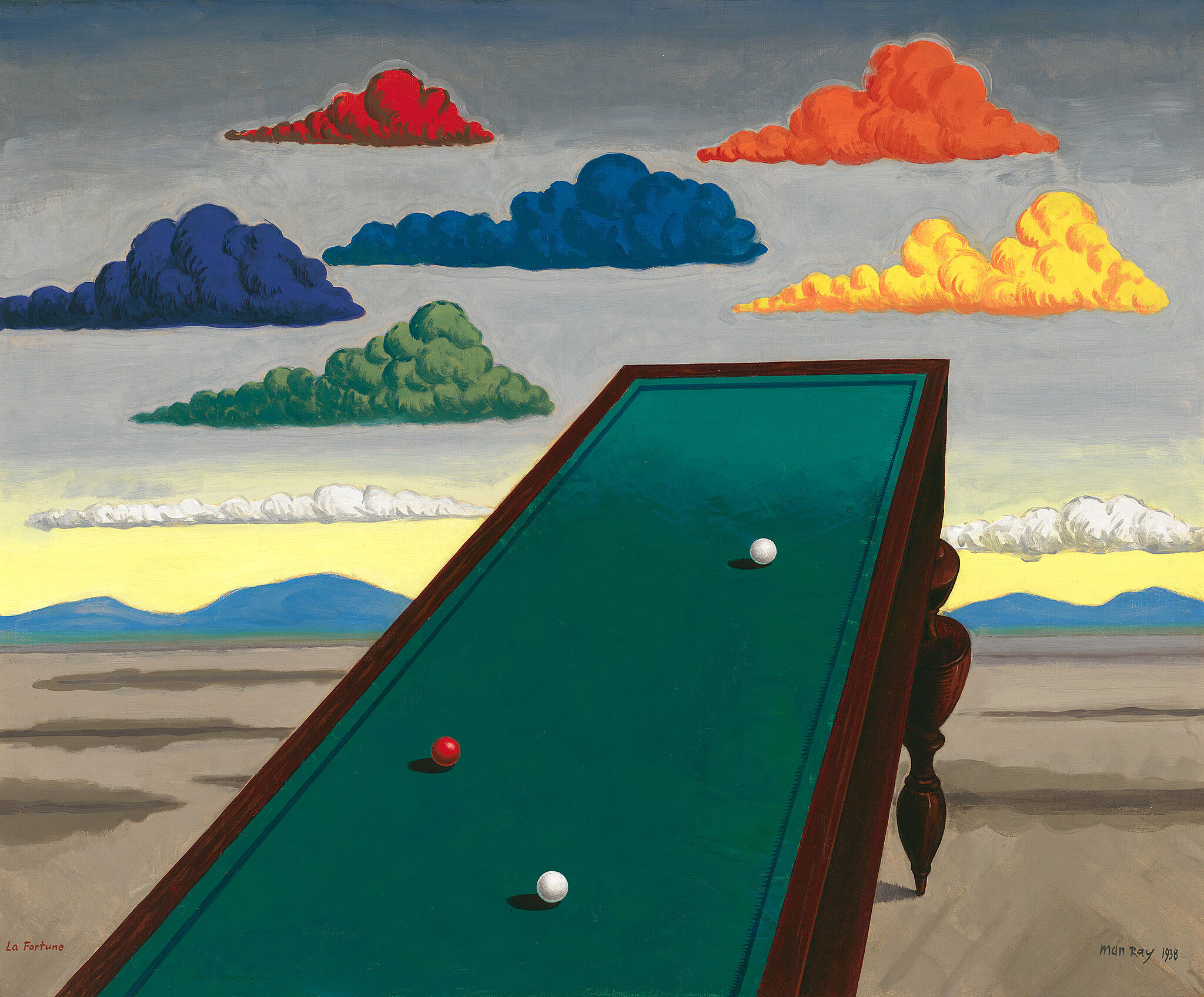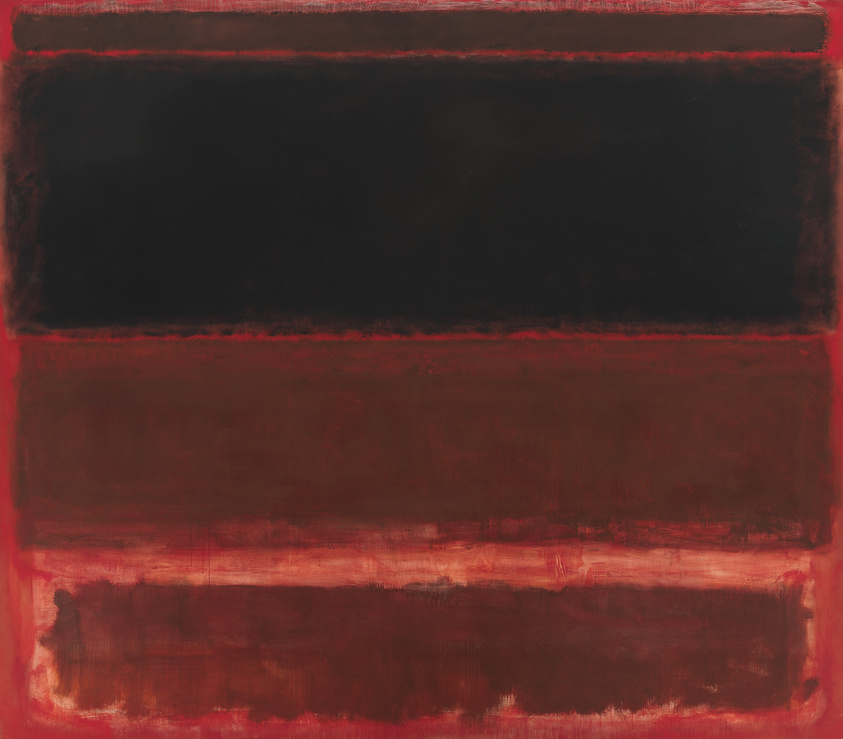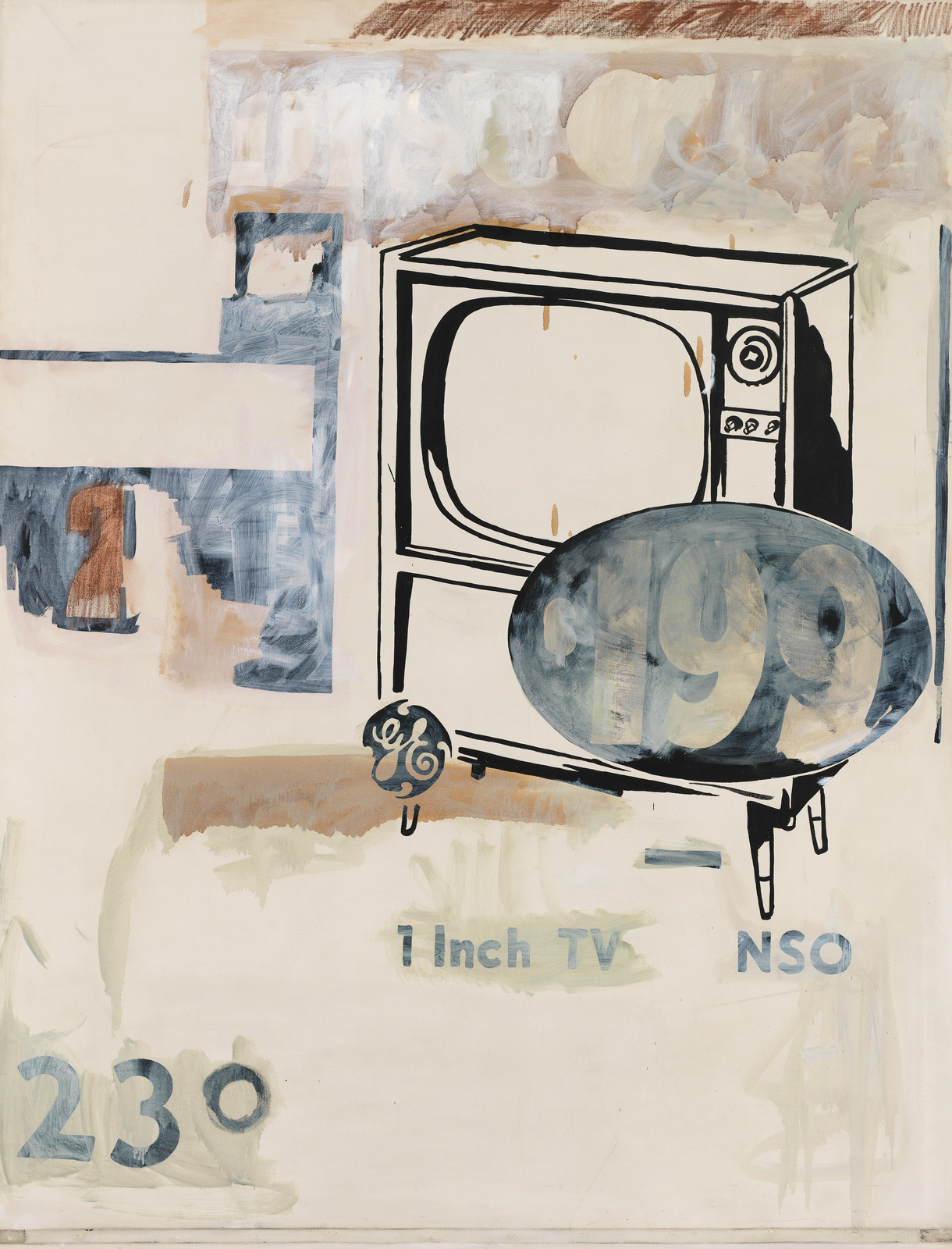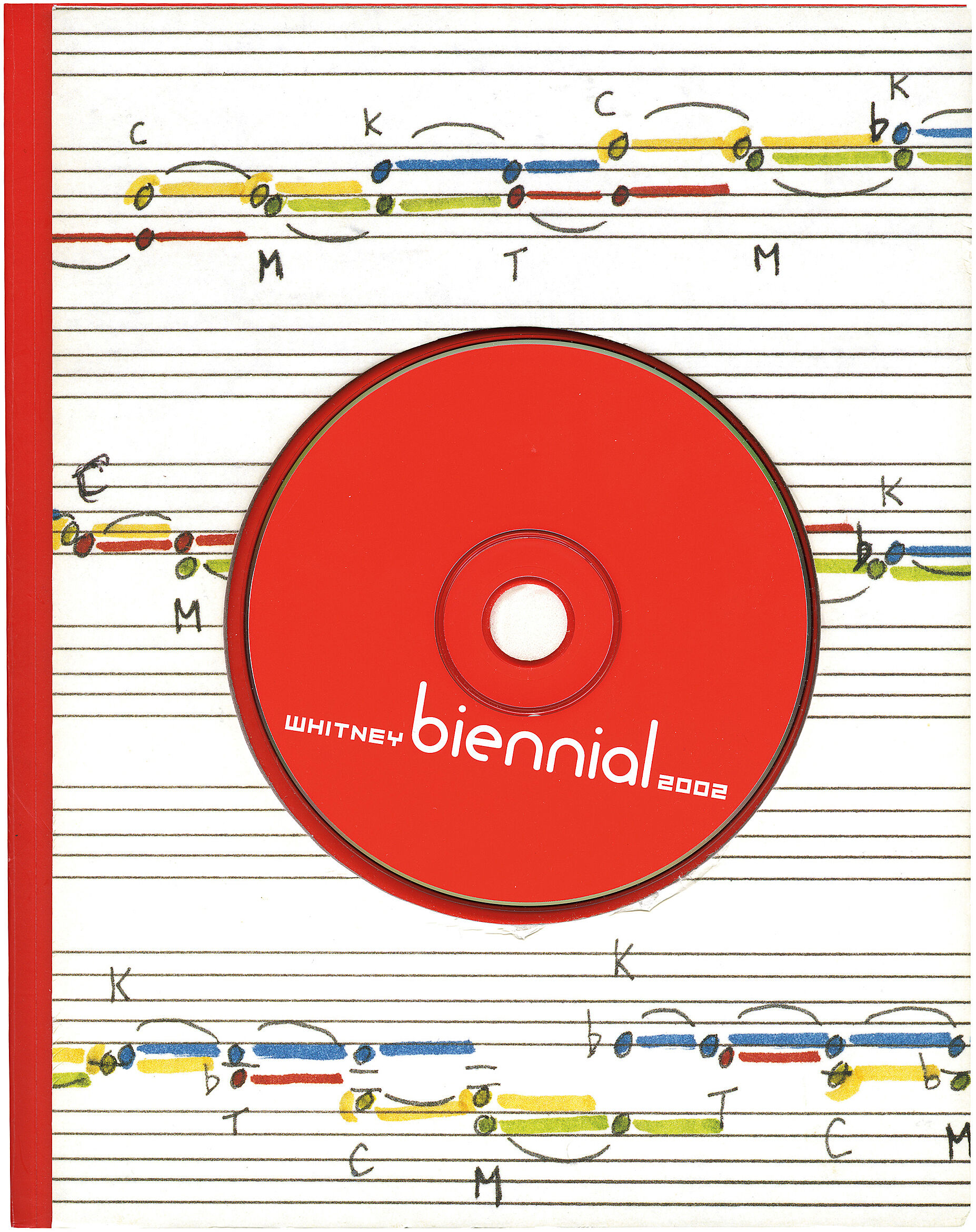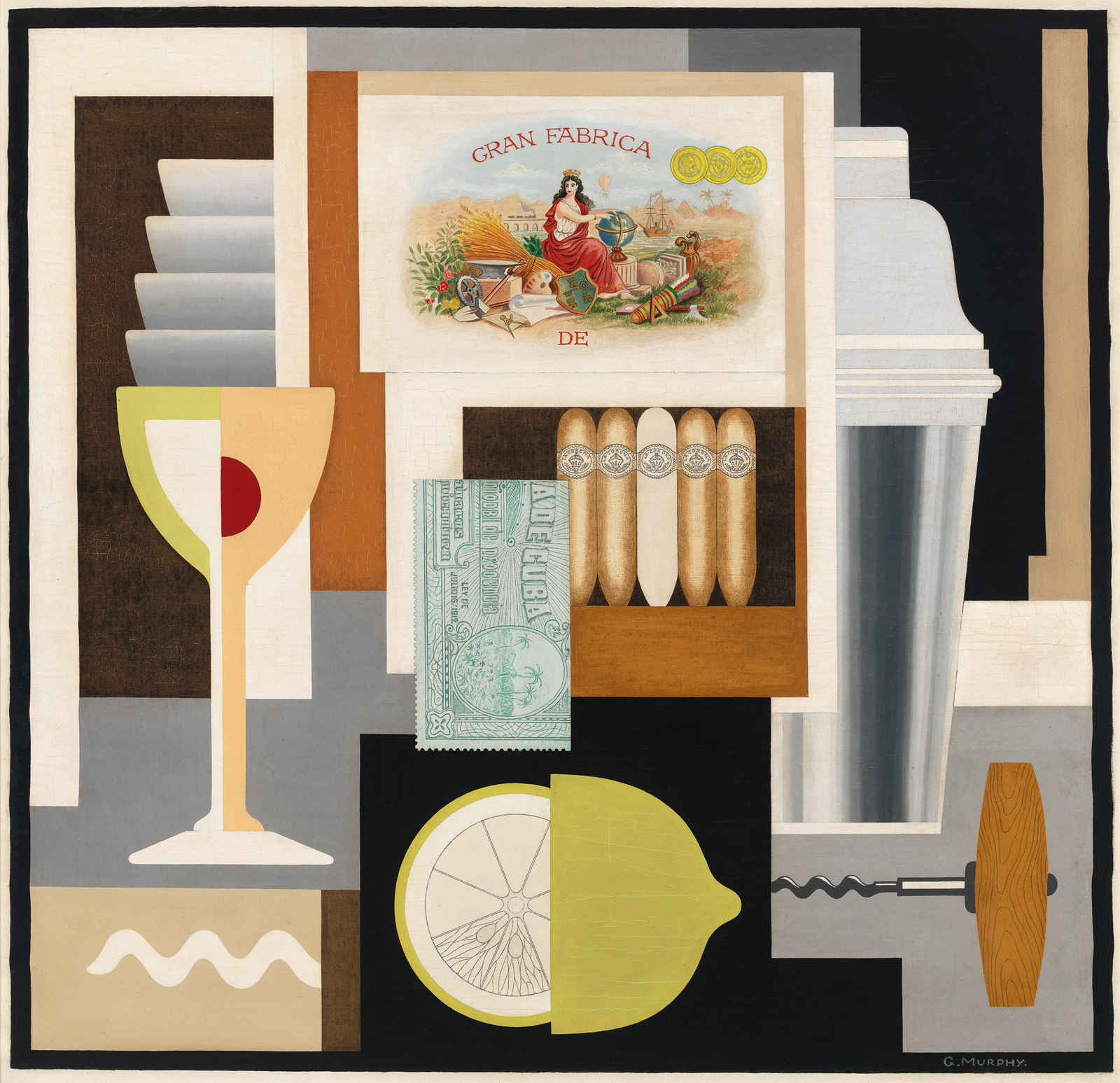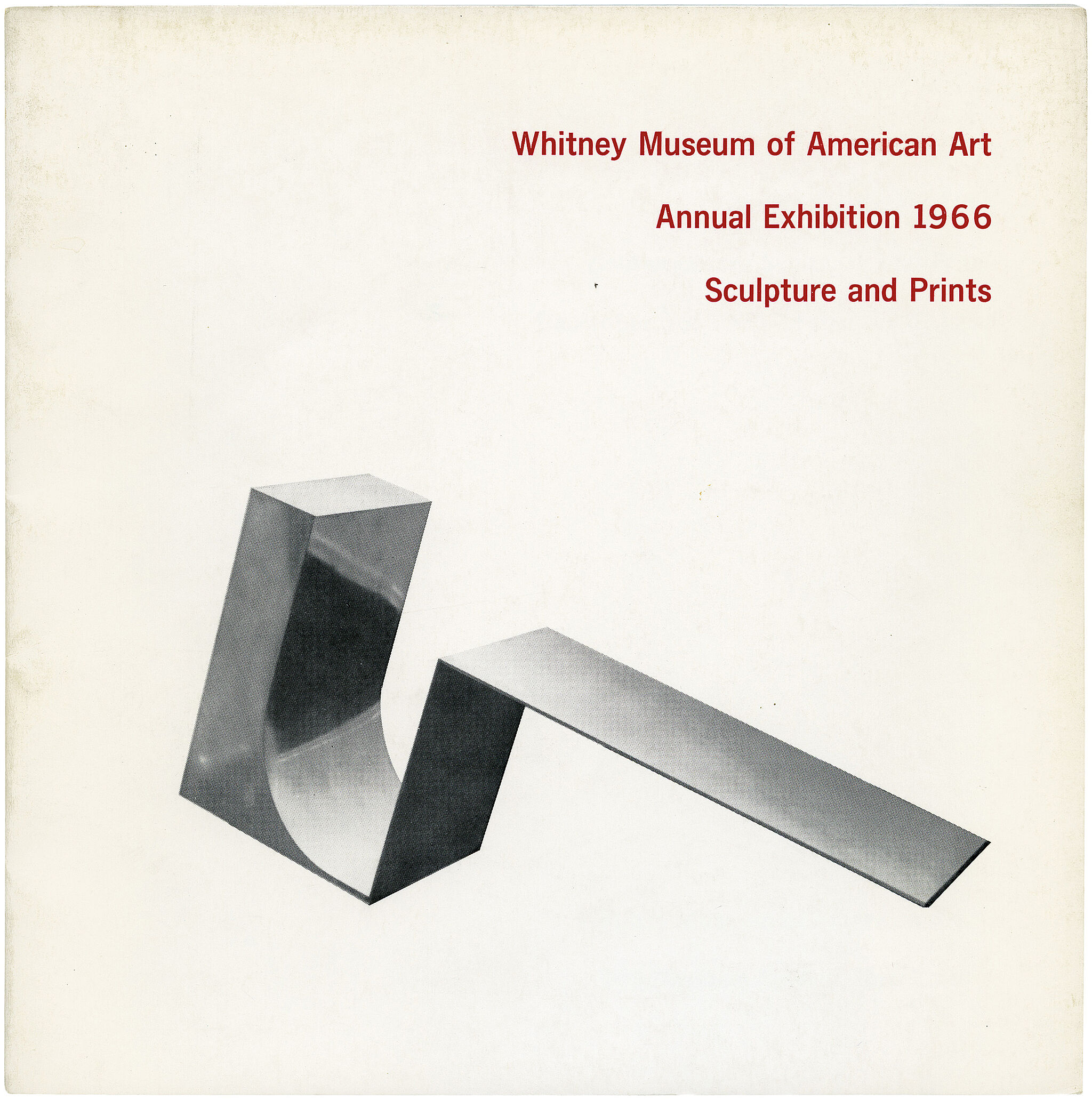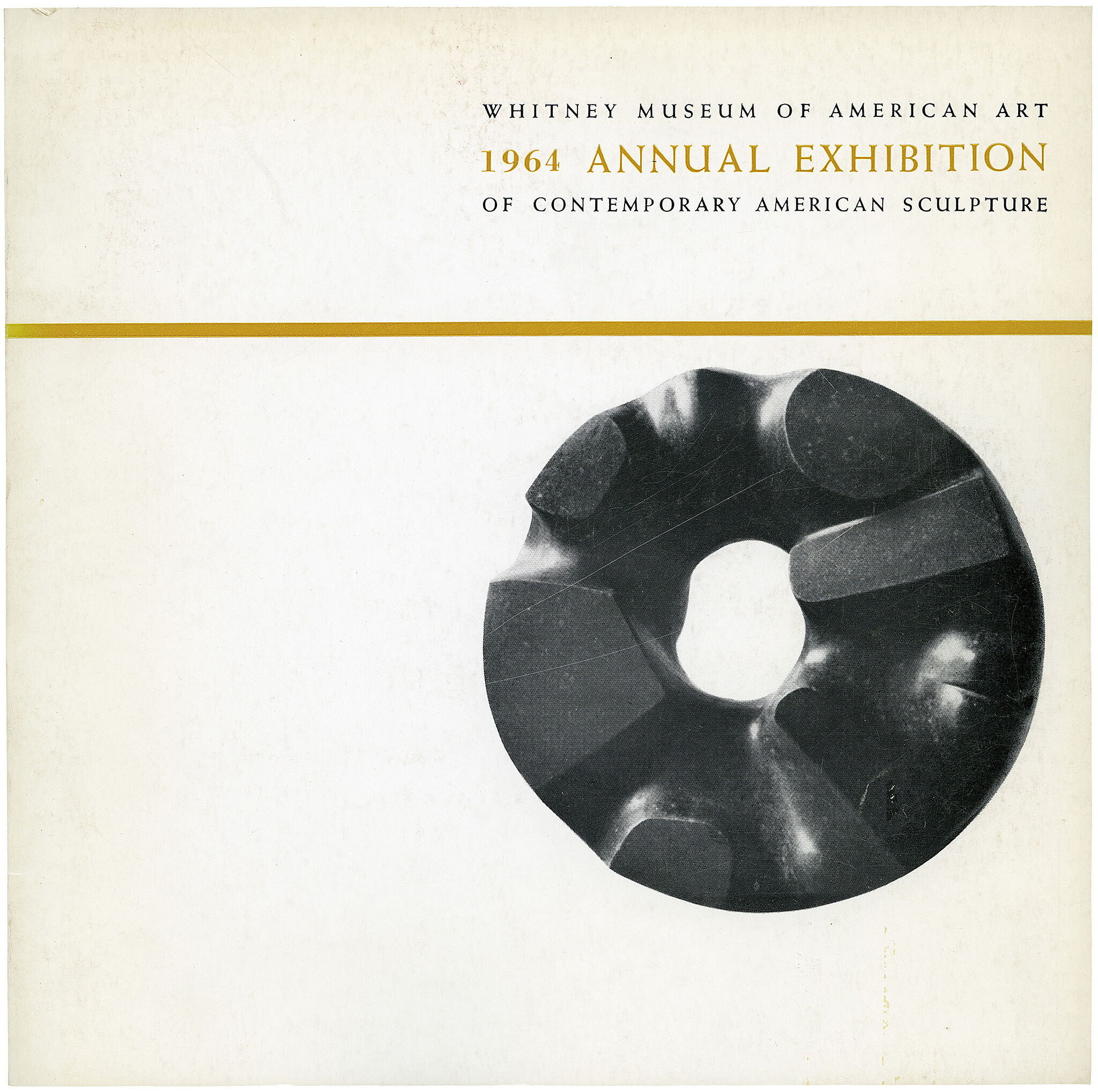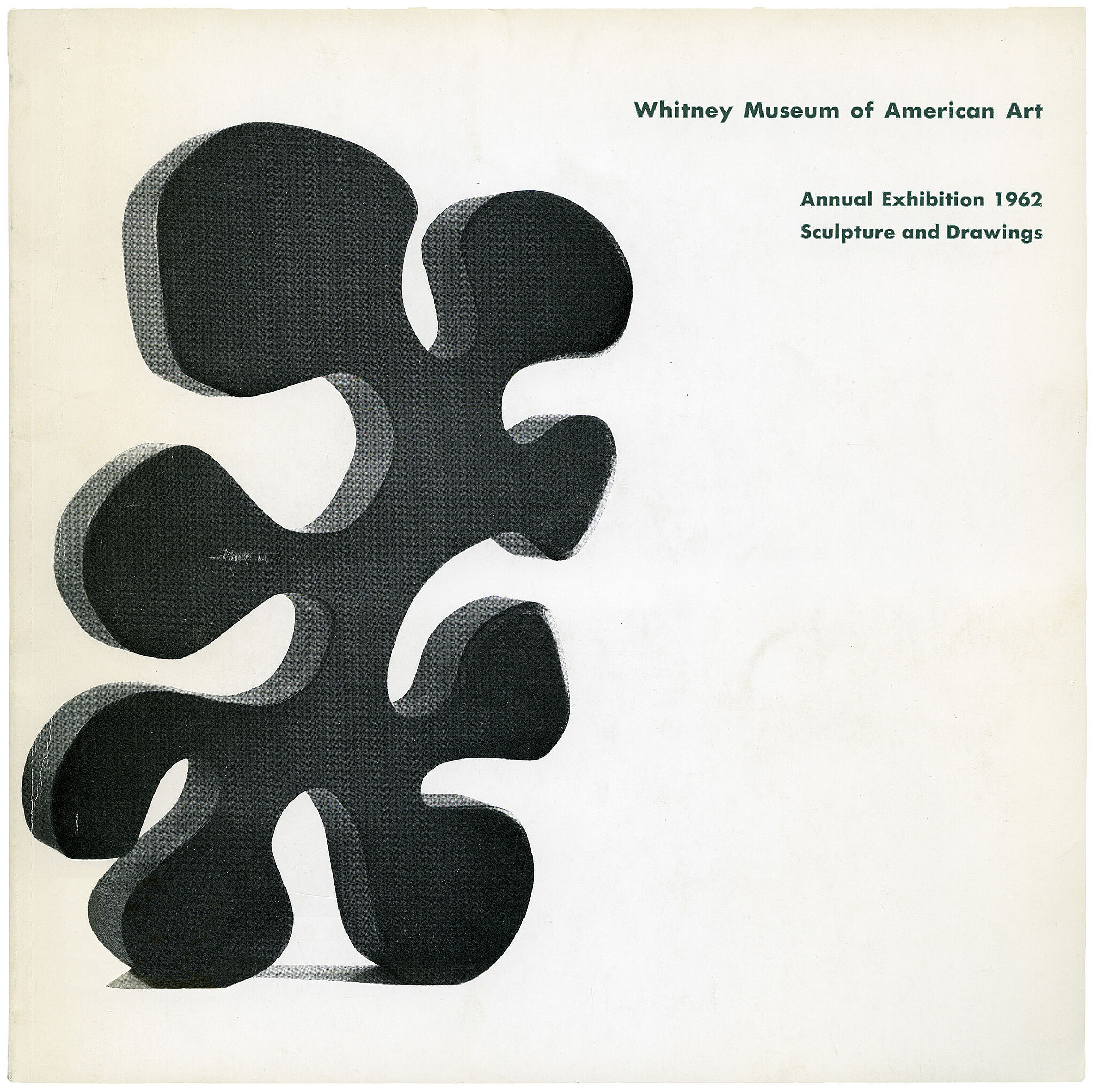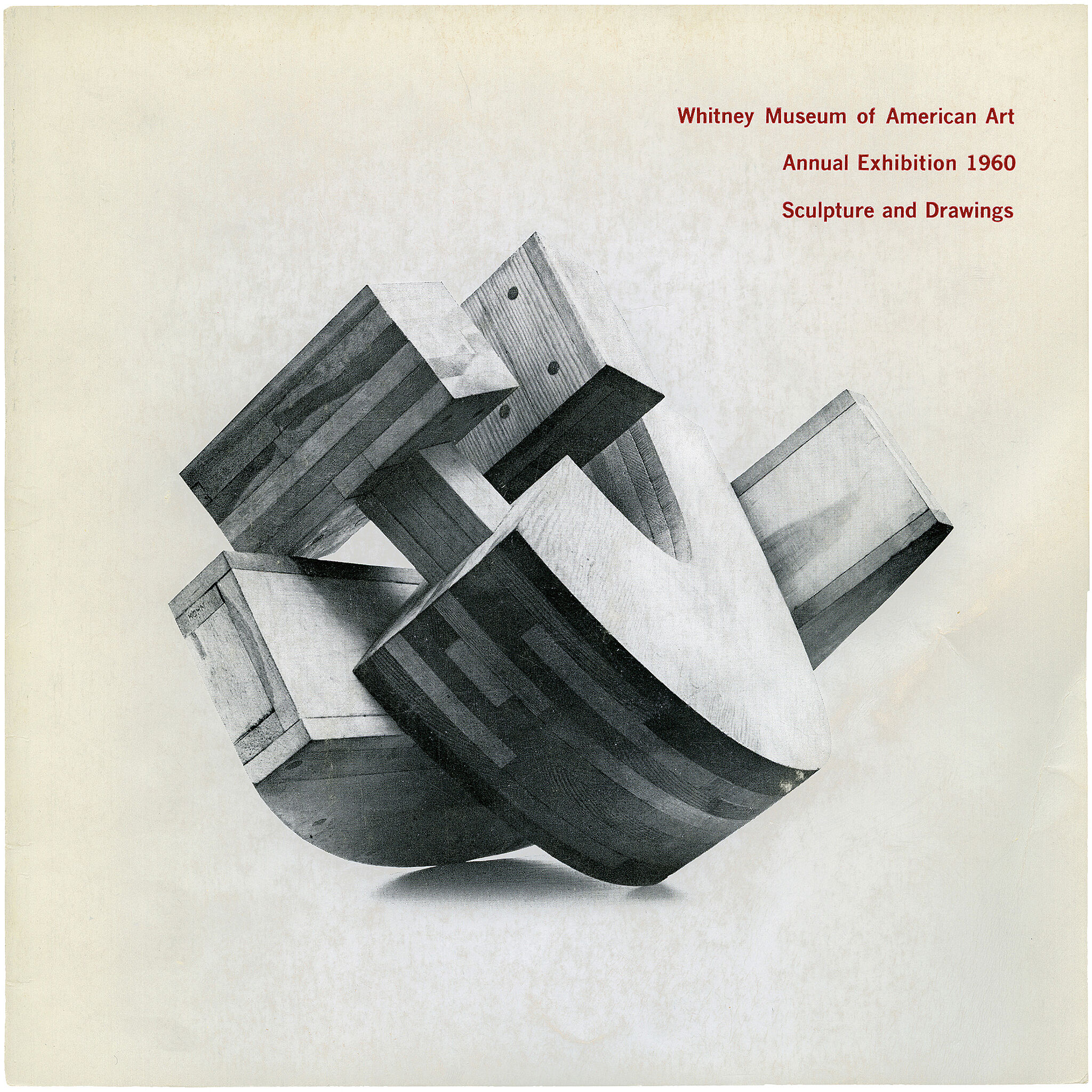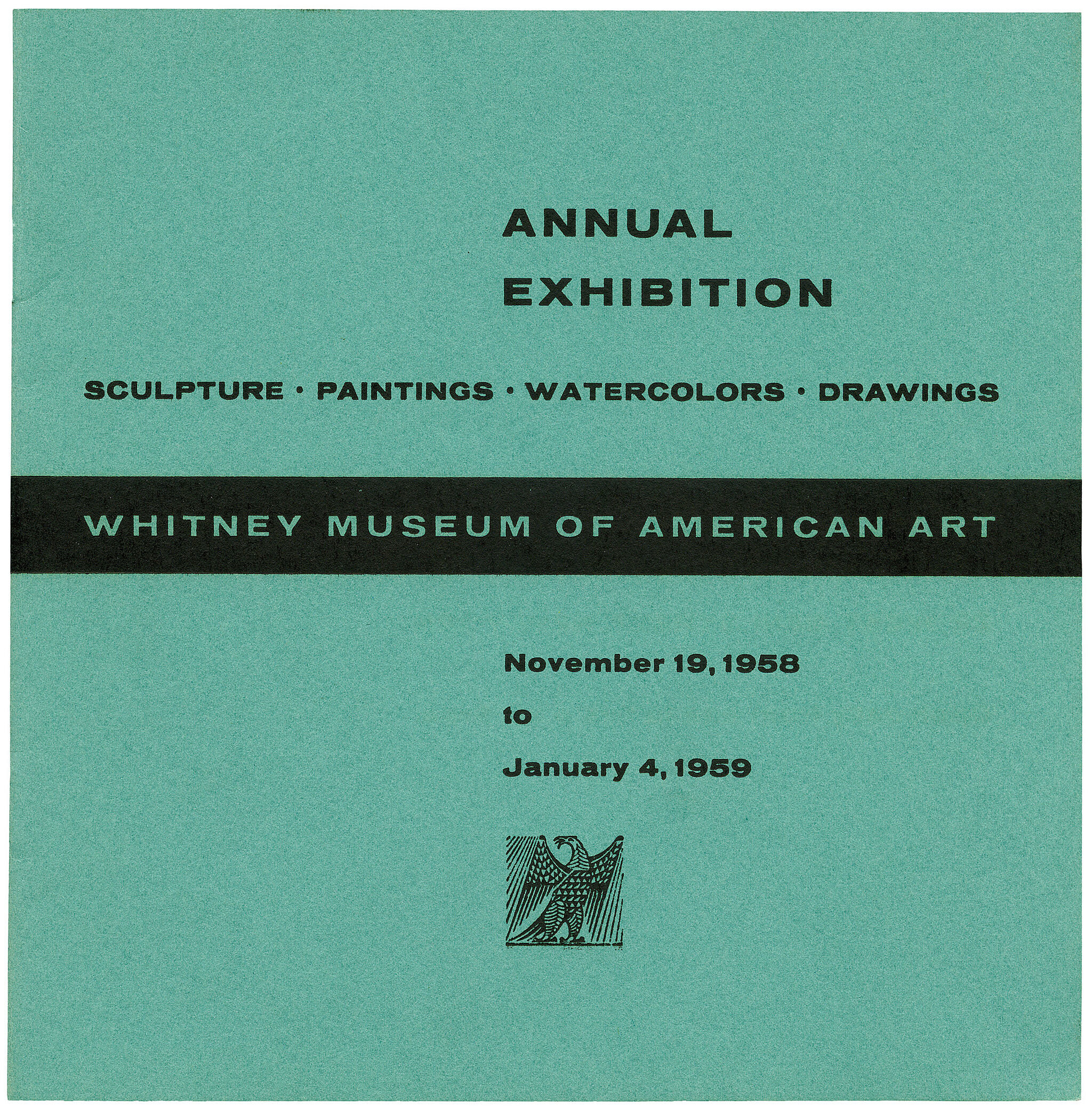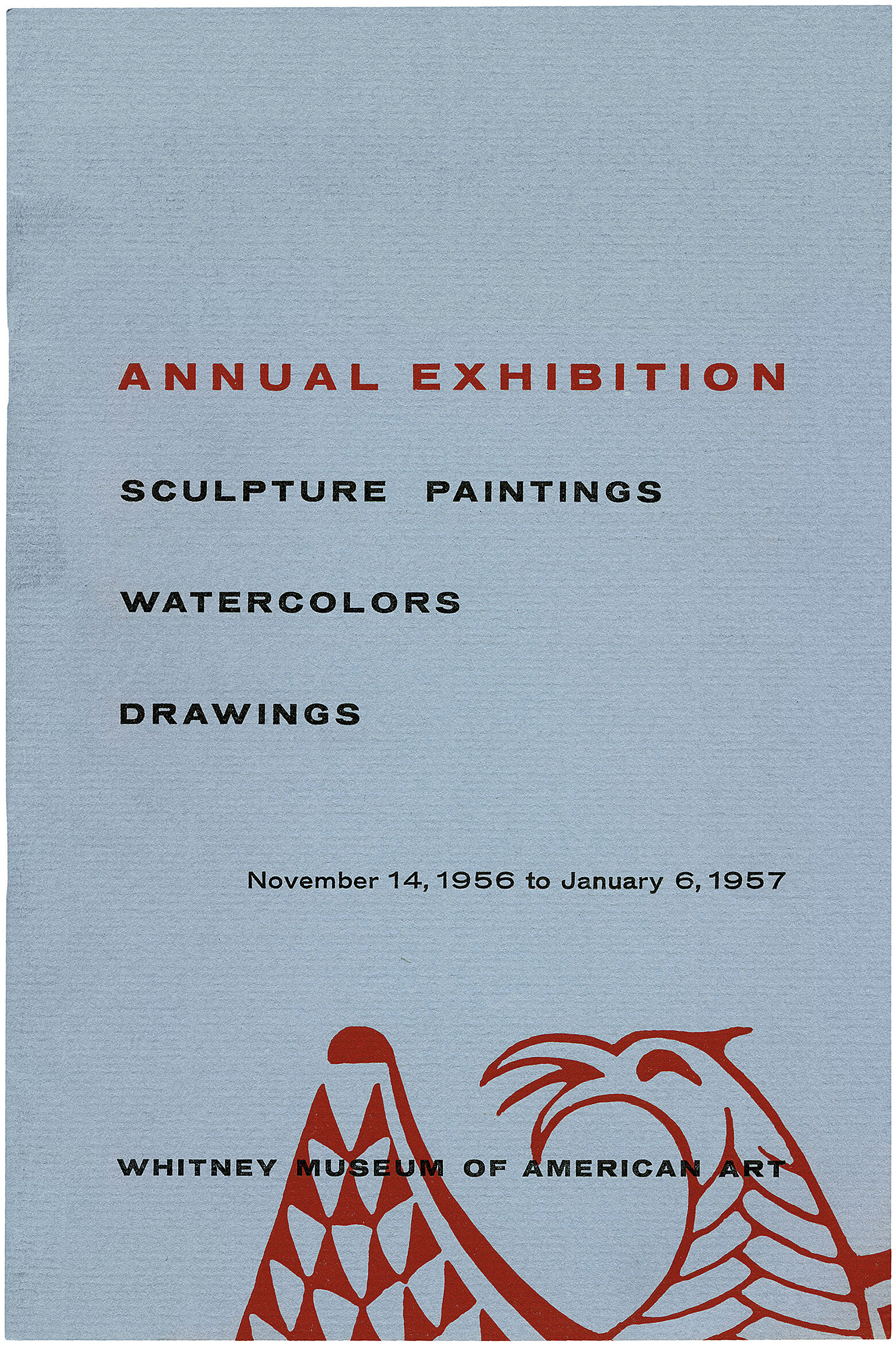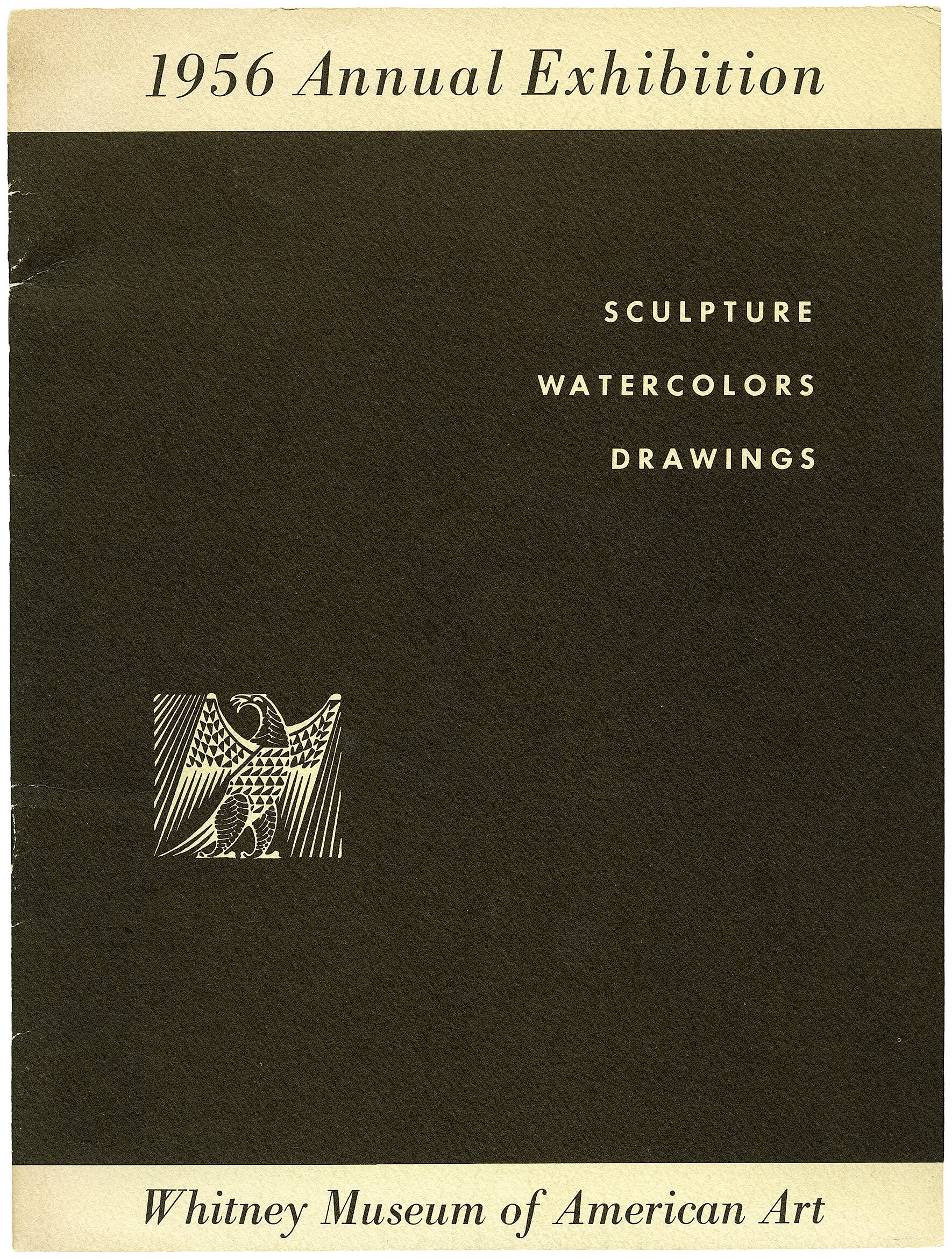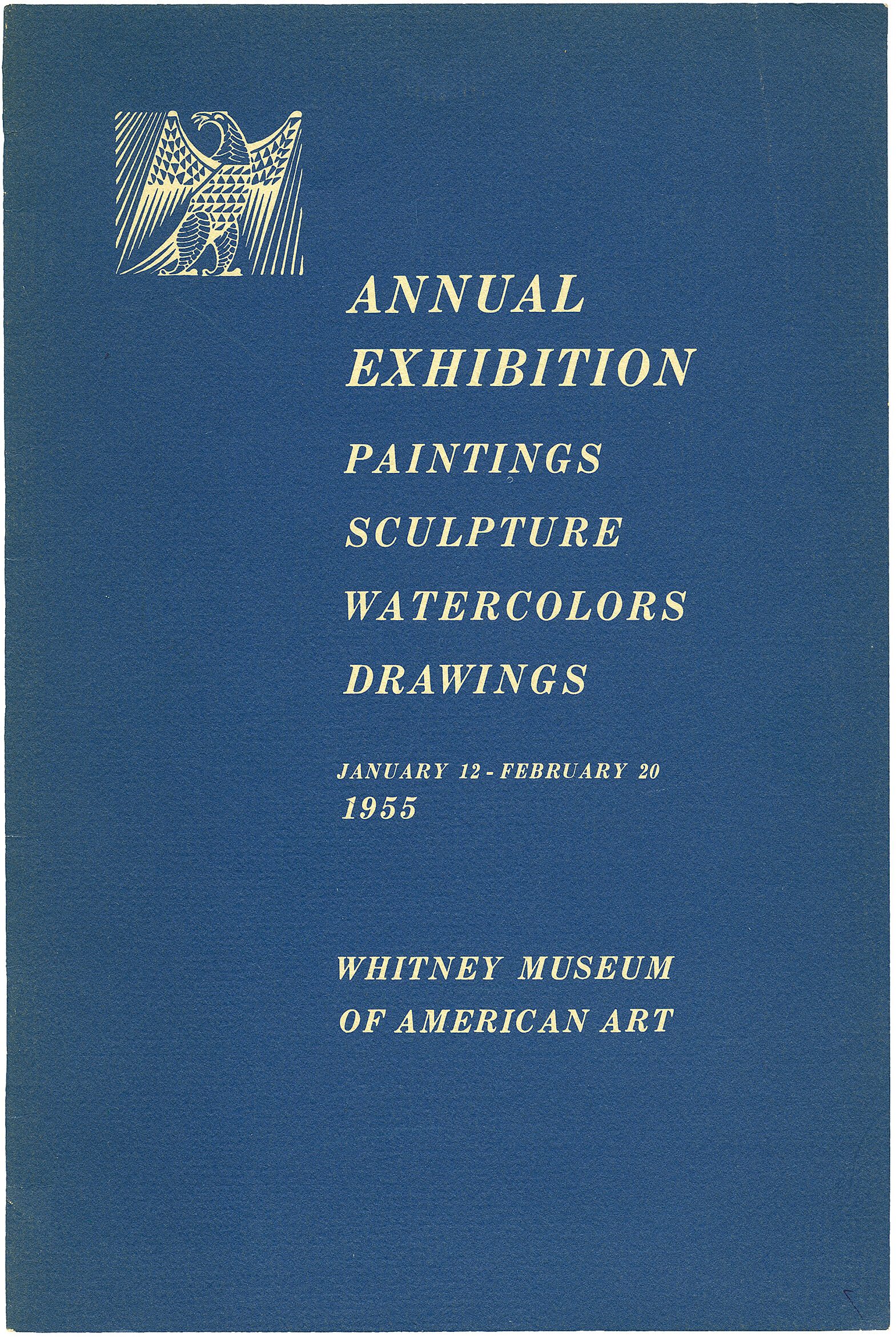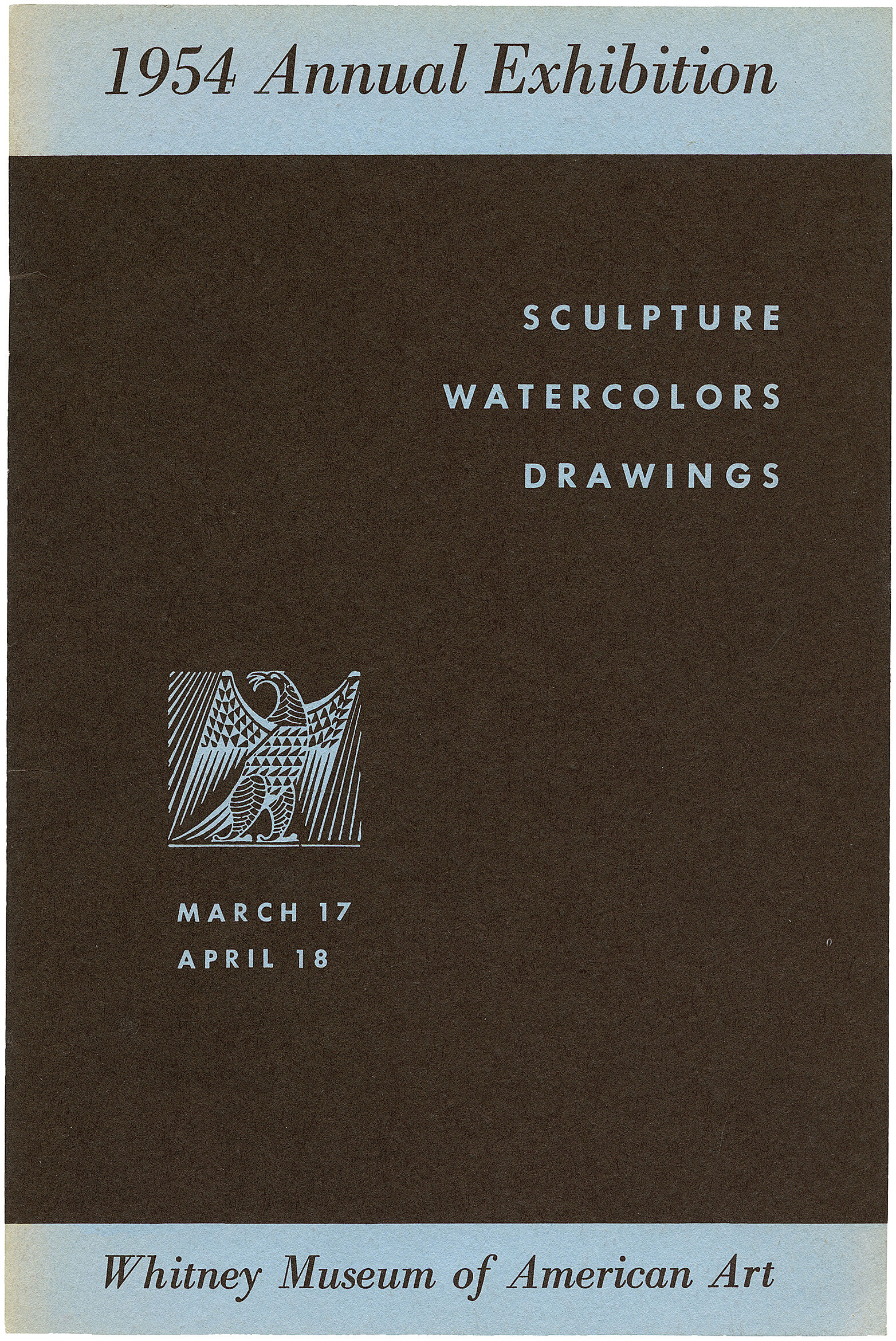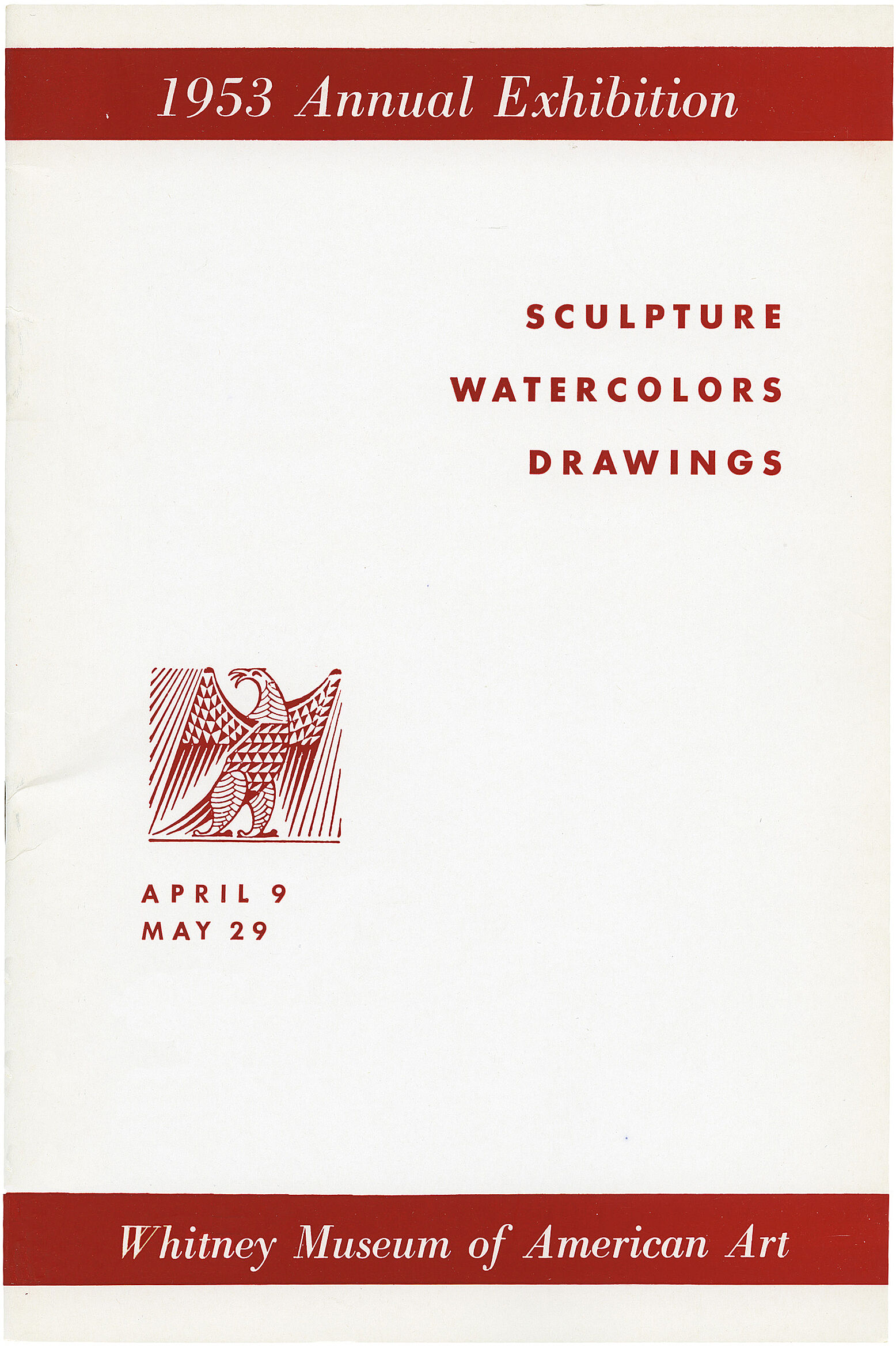Joseph Cornell
1903–1972
Joseph Cornell was an obsessive collector. He gathered seashells, children’s toys, clay pipes, coins, watch faces, and a miscellany of other objects and images and filed them away in the basement of the house in Flushing, Queens, where he lived with his mother and brother. Frequenting New York’s bookstores, libraries, galleries, and museums, he also studied scientific diagrams, ancient myths, and children’s fairytales. It was in 1931 at the Julien Levy Gallery, an important venue for Surrealist artists, that Cornell encountered collages by Max Ernst, with their improbable pastiches of found imagery. Inspired, Cornell used the raw materials he collected to create the collages and shadow boxes for which he is best known. His boxed assemblages are simultaneously shrines and dioramas—sites for the celebration and examination of the unknown and the fantastical.
Celestial Navigation contains a blue speckled ball suspended on metal rods above a set of four antique cordial glasses. The four blue marbles in this work can be distributed inside the glasses in various configurations, suggesting the constant movement of the universe. In this arrangement, all four marbles sit inside the glass farthest to the right, like a cluster of planets or stars in a constellation. The fractured plaster head of a boy floats against a backdrop of the night sky like a figurehead on the bow of a ship. He seems to be staring intently at the marbles in the glass, perhaps in contemplation. Cornell had been an avid stargazer since childhood, and astronomy, constellation charts, and celestial navigation—which guided sailors since ancient times in their travels— provided fodder for a number of his elegiac shadow-box works.
Introduction
Joseph Cornell (December 24, 1903 – December 29, 1972) was an American visual artist and filmmaker, one of the pioneers and most celebrated exponents of assemblage. Influenced by the Surrealists, he was also an avant-garde experimental filmmaker. He was largely self-taught in his artistic efforts, and improvised his own original style incorporating cast-off and discarded artifacts. He lived most of his life in relative physical isolation, caring for his mother and his disabled brother at home, but remained aware of and in contact with other contemporary artists.
Wikidata identifier
Q694774
Information from Wikipedia, made available under the Creative Commons Attribution-ShareAlike License . Accessed November 26, 2025.
Introduction
Well-known assemblage artist known for his constructions made from found objects. He was a reclusive figure but maintained contact with other avant-garde artists of his time.
Country of birth
United States
Roles
Artist, assemblage artist, author, cinematographer, collagist, designer, painter, sculptor, textile artist, writer
ULAN identifier
500003169
Names
Joseph Cornell
Information from the Getty Research Institute's Union List of Artist Names ® (ULAN), made available under the ODC Attribution License. Accessed November 26, 2025.




